The 1980 Corvette Coupe wasn’t chasing headlines—it was quietly evolving. After years of brute-force performance and flashy curves, this version trimmed the fat, smoothed the lines, and leaned into the changes the times demanded. It didn’t scream for attention, but it didn’t back down either.
It marked a shift in the Corvette’s story. Emissions rules were tightening, gas prices were unpredictable, and muscle car swagger was giving way to something more measured. But even with those changes, the ’80 Vette still looked sharp, drove well, and carried just enough punch to remind you what it was built for.
Lighter Body, Leaner Profile

The 1980 Corvette got serious about trimming weight. With new aluminum intake manifolds and thinner body panels, Chevy dropped over 200 pounds from the previous model. That might not sound like a game-changer, but it made a real difference in how the car moved, especially in tighter corners and urban driving.
This wasn’t just about speed—it was about efficiency. The lighter build helped the Vette keep pace with tightening emissions regulations and rising fuel costs. While the core C3 shape stayed intact, the cuts gave it a sleeker, more sculpted presence that still holds up today.
Federal Rules, New Nose
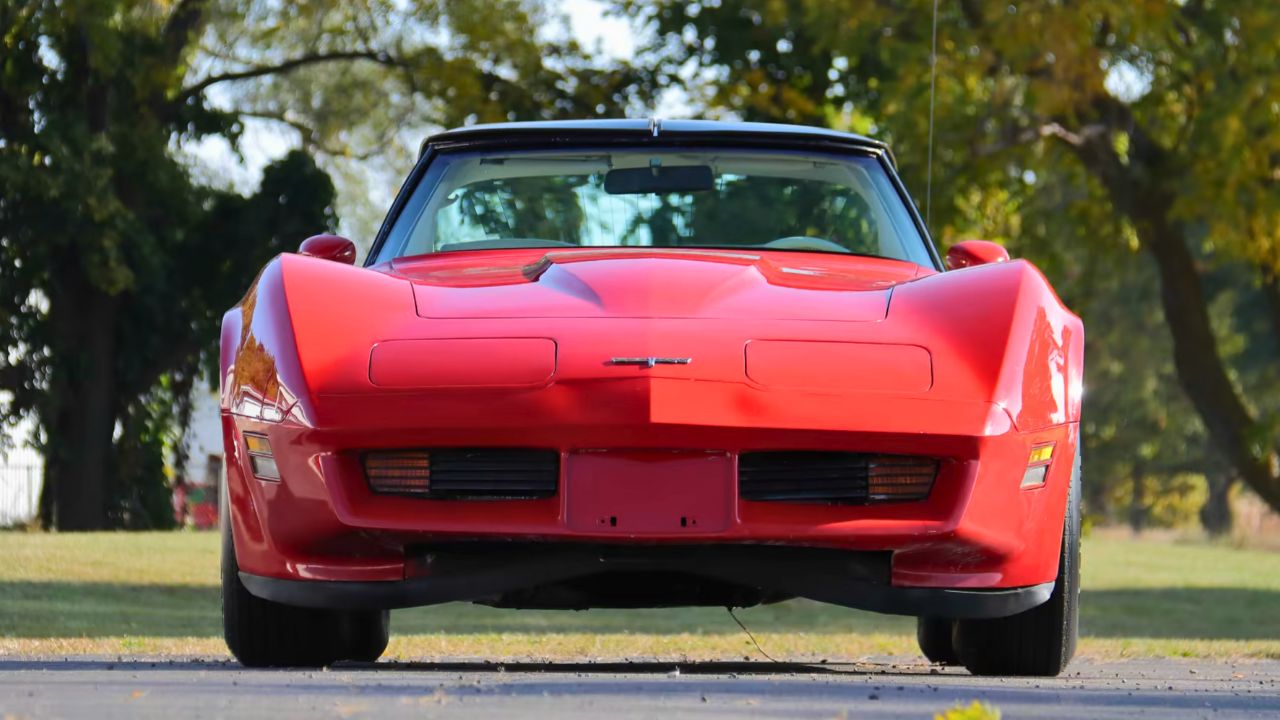
For 1980, Corvette’s front and rear fascias were reshaped—less for looks, more to meet federal mandates. The nose was pulled lower and sharper, while the rear bumper was smoothed out and narrowed. It was Chevy’s way of cleaning up the design without losing the Vette’s attitude.
These changes brought better aerodynamics and made the car look less like a leftover from the mid-’70s. The slightly longer front helped with airflow and gave it a leaner visual balance. The tweaks didn’t scream for attention, but they made the car feel fresher at a glance.
Power Took a Hit, But Stayed Honest
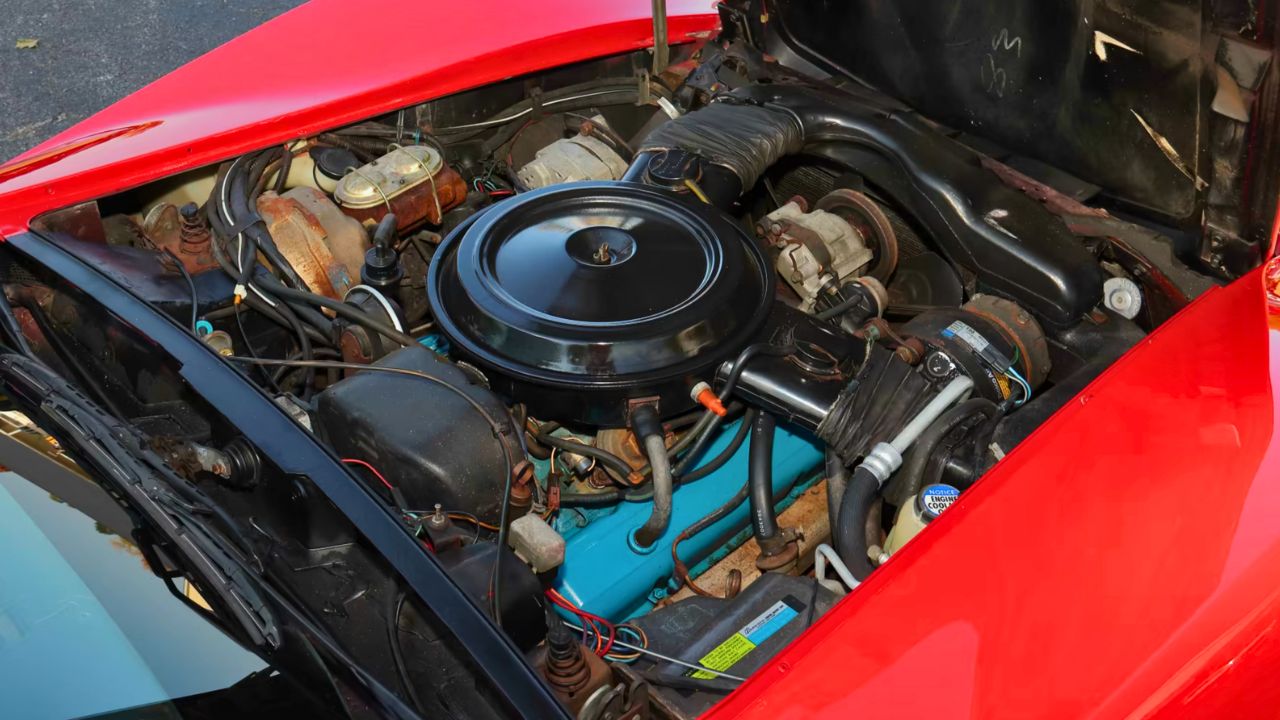
The 1980 Vette wasn’t chasing big horsepower numbers. Base models came with the 190-horsepower L48 350 V8, while the L82 option nudged that up to 230 horses. California buyers got stuck with the 180-horsepower LG4 due to local emissions rules.
That’s a drop from earlier years, but Chevy focused on tuning for cleaner performance. The L82, with its aluminum intake and dual-snorkel air cleaner, still had a decent punch. It wasn’t a brute anymore—but it wasn’t pretending to be, either. What mattered was the feel behind the wheel, not the spec sheet.
Turbo 350 and the Slushbox Shuffle
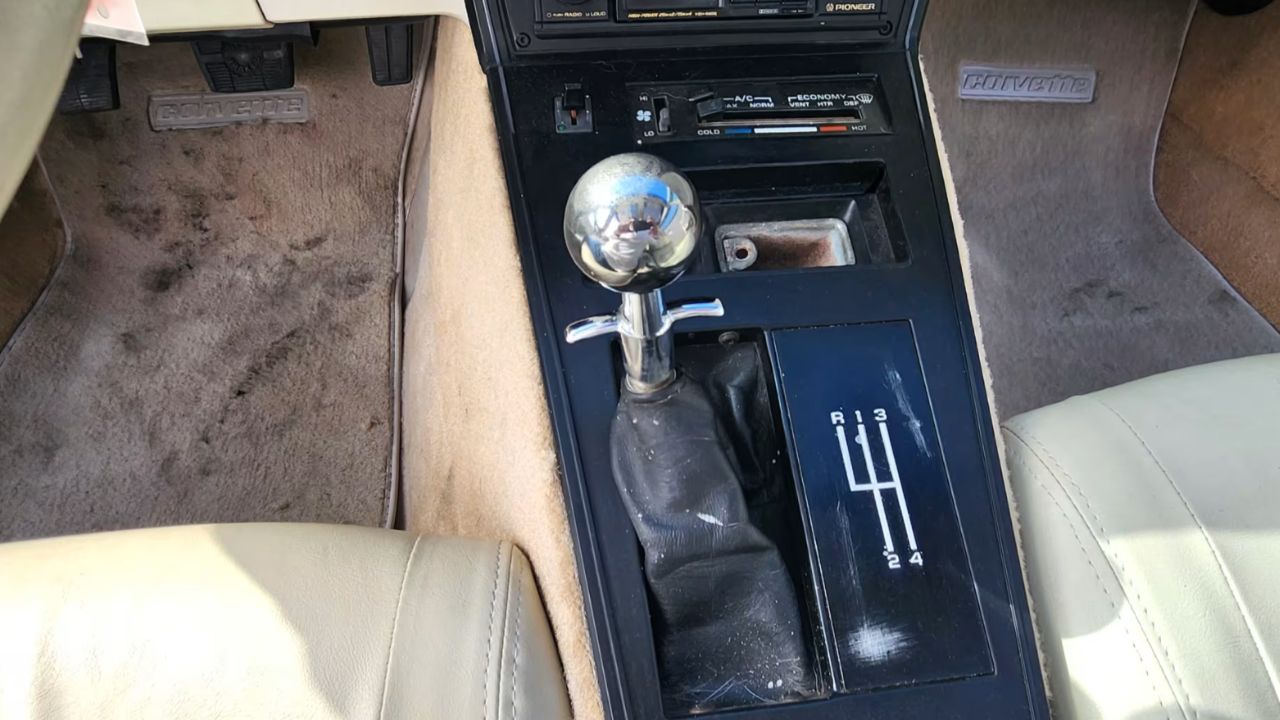
Transmission choices in 1980 boiled down to two: a Turbo Hydra-Matic 350 automatic or a 4-speed manual. The automatic was standard for most buyers, partly because it helped meet fuel economy targets. Shifting wasn’t dead yet—but it was fading.
The Turbo 350 wasn’t quick by modern standards, but it was smooth and reliable. Most Vettes on the road today from this year still wear this setup. The manual was available only with the L82, so if you wanted more control, you had to pay for the extra power. Fair trade, really.
The California Compromise
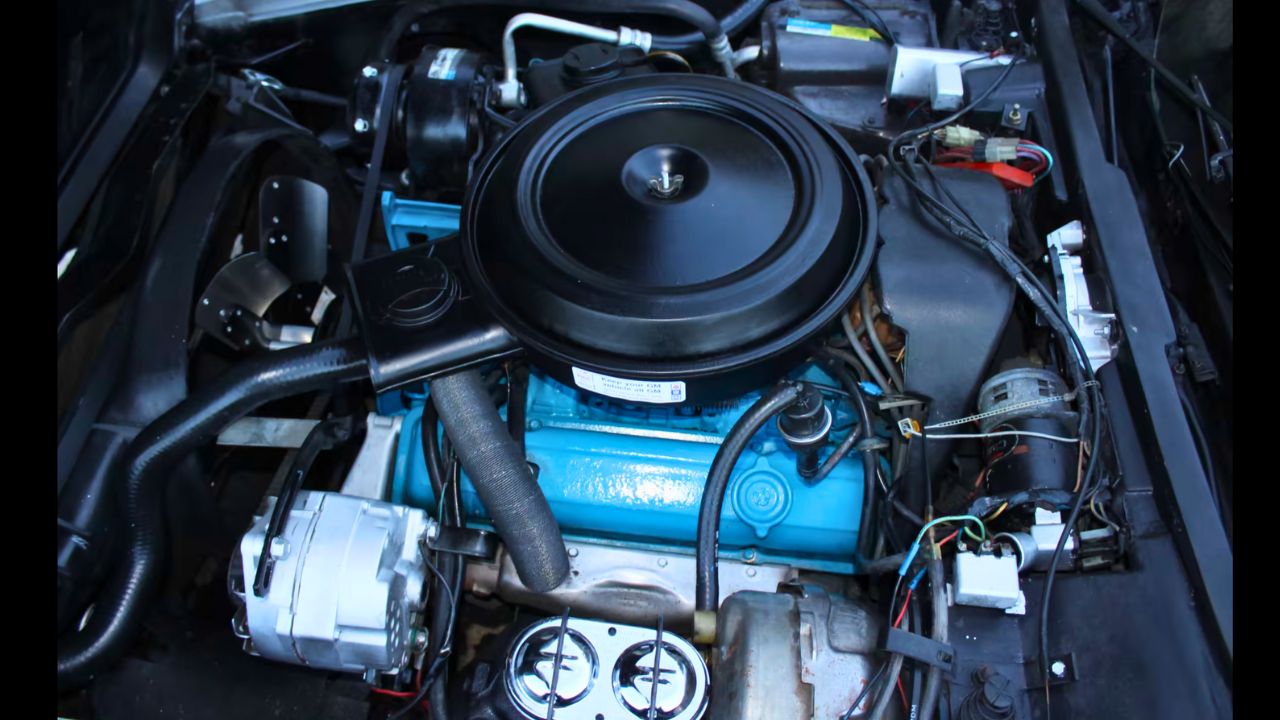
If you bought your 1980 Corvette in California, you weren’t getting a 350 under the hood. Instead, Chevy dropped in the LG4 305 V8—180 horsepower with a three-speed auto. That was thanks to California’s strict emissions laws, and yeah, it felt like a downgrade.
The smaller engine was paired with the same exterior and interior as other models, so the look didn’t suffer. But performance was noticeably softer. Chevy had to sell something compliant, and this was it. These California cars are rarer now, but they’re not exactly sought after for how they drove.
Corvette’s New Cross-Fire Heart Was Still Years Away

In 1980, Corvette was still running with carbureted engines. That would change just a couple years later with the arrival of Cross-Fire Injection in ’82, but for now, it was Rochester four-barrels all around. Chevy wasn’t rushing into fuel injection, at least not on the Vette.
What you got was simple, proven tech that was easy to wrench on. No sensors, no ECUs, just a good ol’ mix of air and fuel. For some owners, that’s still the appeal. It’s the last of an era before things got more complicated under the hood.
Handling Was Finally Catching Up
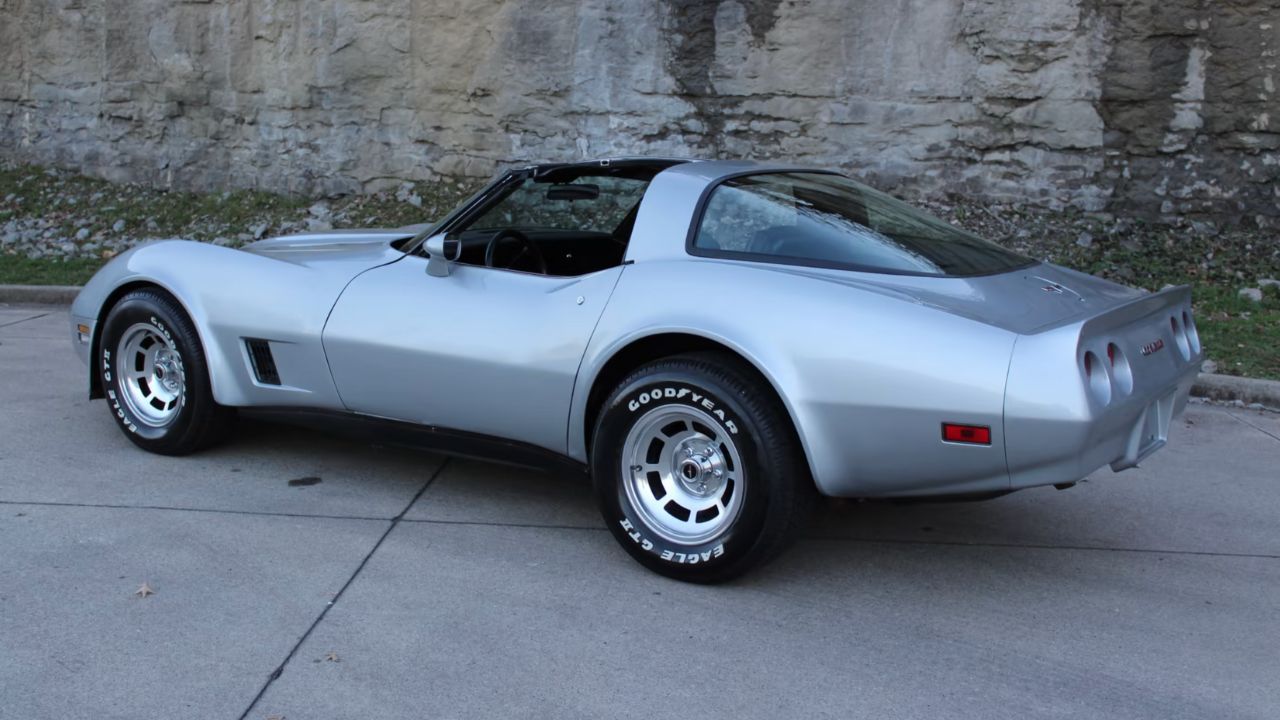
Chevy kept refining the Corvette’s ride, and 1980 saw the C3’s suspension dialed in tighter. Front springs were softened slightly, while rear shocks and sway bars were tuned to balance it out. The result? A more confident feel in turns without beating you up on rough pavement.
The rear axle was independent, but the overall geometry gave enough grip to make spirited driving worthwhile. These changes didn’t turn it into a corner carver, but the Vette felt more planted than in years past. It was getting closer to being as agile as it looked.
A Cabin That Looked the Part

The 1980 Corvette interior stayed familiar but offered more color choices and small refinements. The dashboard layout was still driver-focused, with deep-set gauges and aircraft-style toggle switches. Seats were well-bolstered, and the optional leather gave things a classier finish.
Power windows and air conditioning came standard, which wasn’t the case just a few years earlier. There was also a tilt/telescoping steering column and optional mirrored T-tops. Cabin noise wasn’t exactly hushed, but it felt more polished than older C3s. It was still very much a Corvette—just a bit more grown-up.
Aluminum Found Its Way Underneath
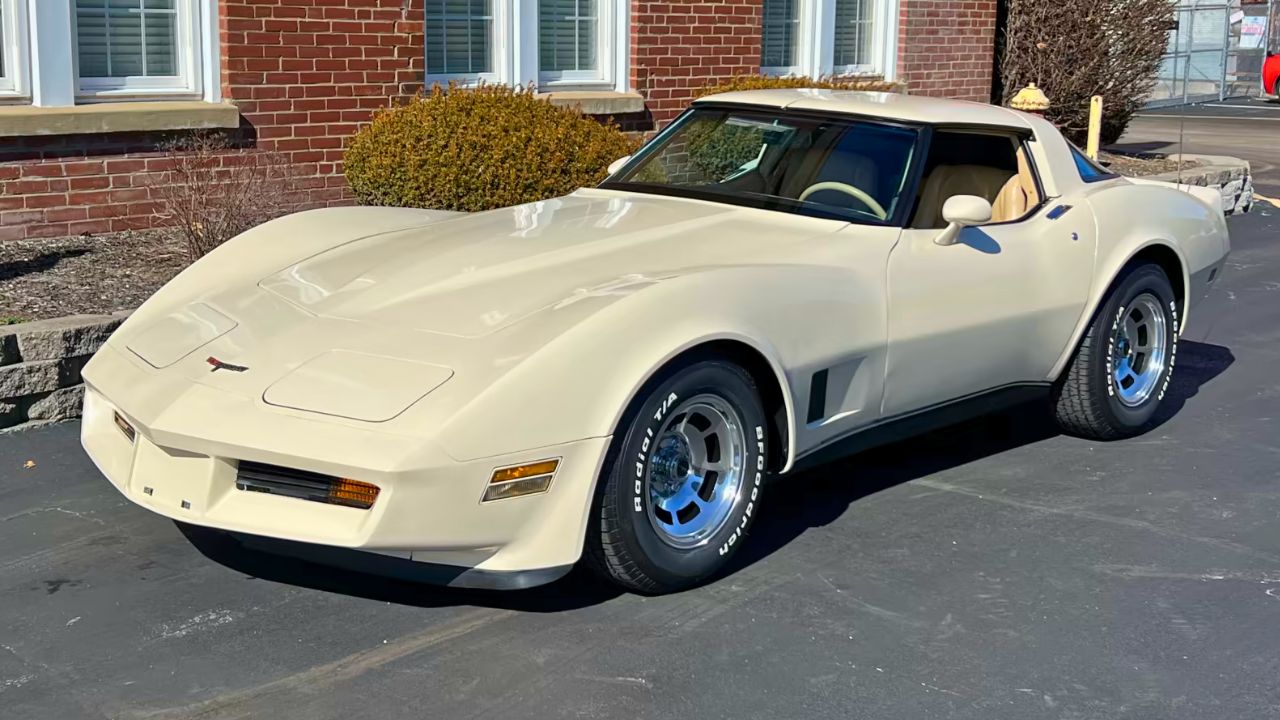
Chevy added an aluminum differential housing and crossmember in 1980, helping shave pounds without sacrificing strength. It was one of the more subtle upgrades that made a long-term impact. The weight savings helped improve both acceleration and fuel economy—two big priorities at the time.
You wouldn’t notice it unless you crawled under the car, but these parts marked Chevy’s slow shift toward smarter engineering. It wasn’t just about slapping a lighter hood on—it was about rethinking the structure. These changes made the Corvette better on the road, even if it didn’t scream “new tech.”
Production Numbers Were Up, But the Fire Was Cooling
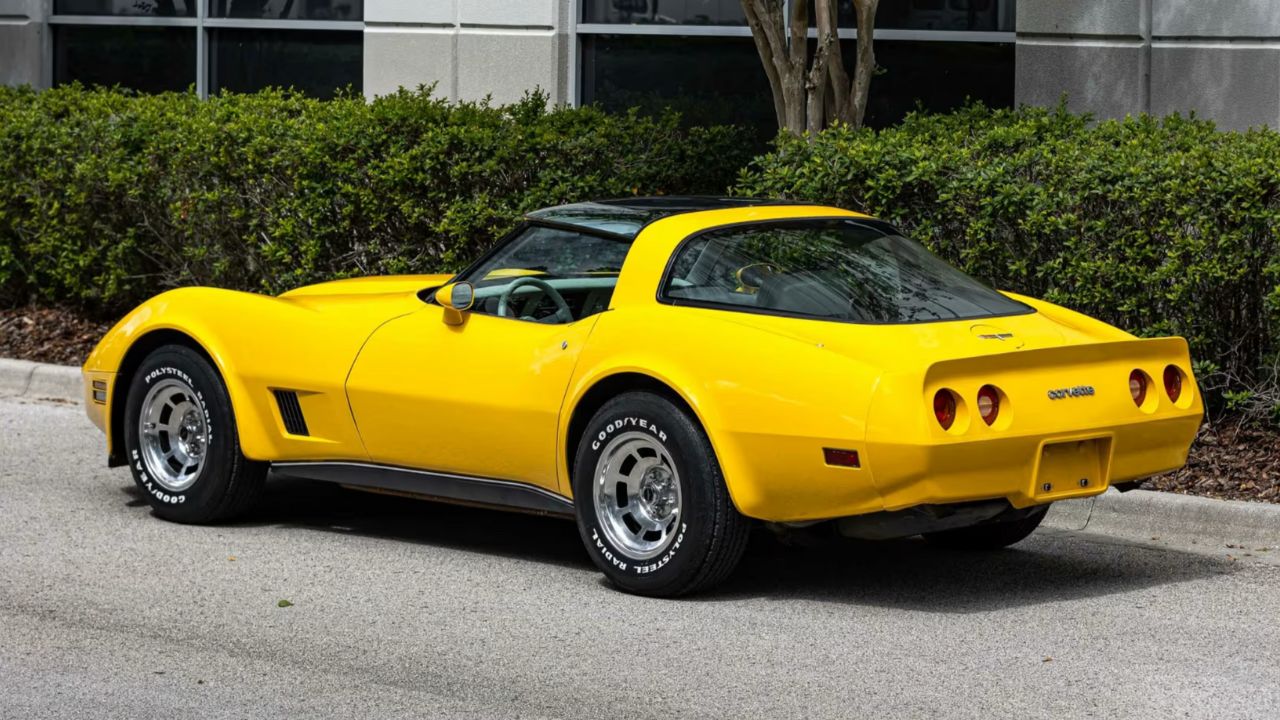
Chevy built 40,614 Corvettes in 1980—solid numbers, but not the boom days of earlier in the decade. Sales were starting to flatten as the C3 design aged and other sports cars entered the picture. The Corvette still had presence, but its edge was softening.
Collectors today don’t chase the 1980 model the way they do the big-block years, but it has its place. It represents a turning point—when regulations, fuel concerns, and evolving tastes all pushed the Vette to adapt. That’s what makes it worth remembering. It wasn’t trying to be loud—it was learning how to last.
Like what you read? Here’s more by us:
*Created with AI assistance and editor review.

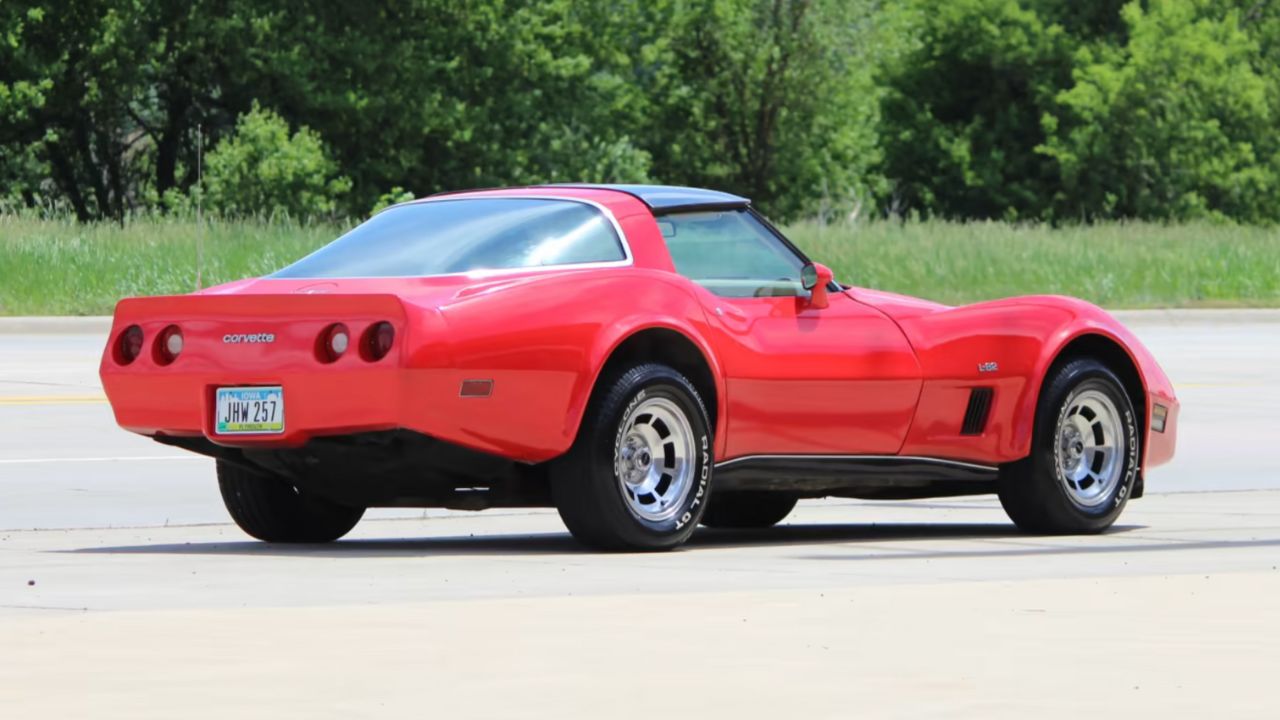
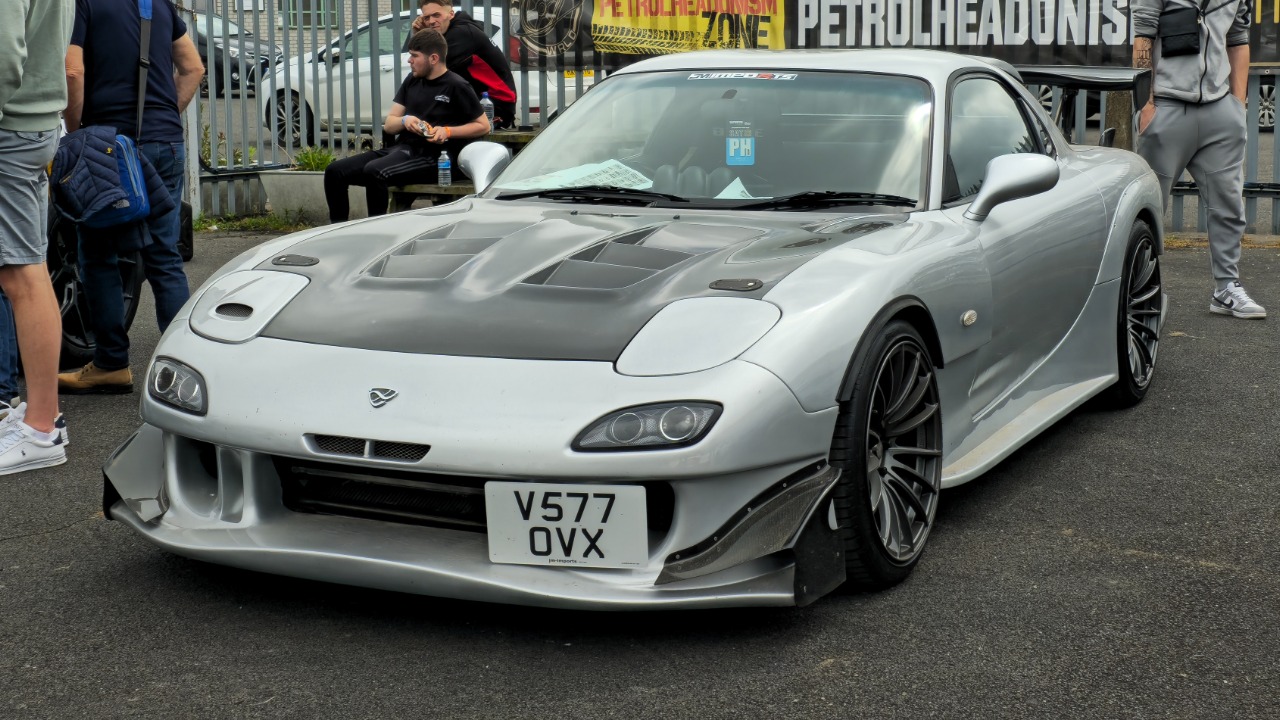


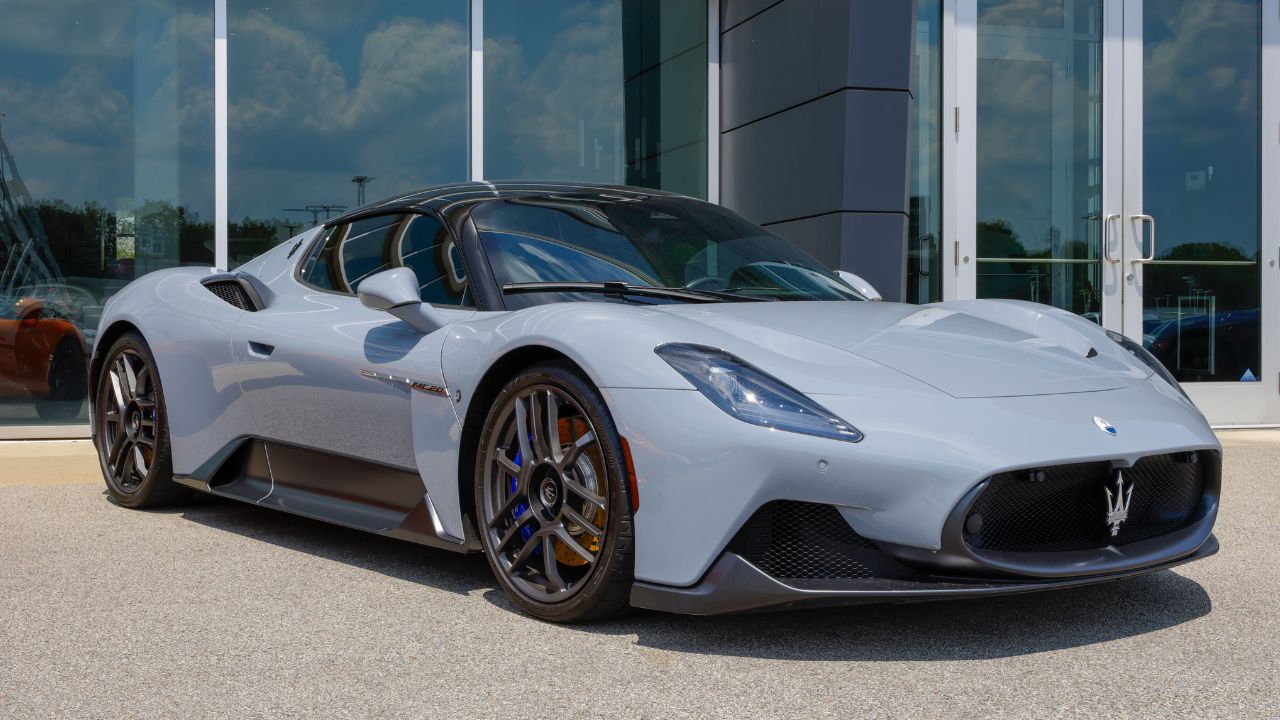

Leave a Reply